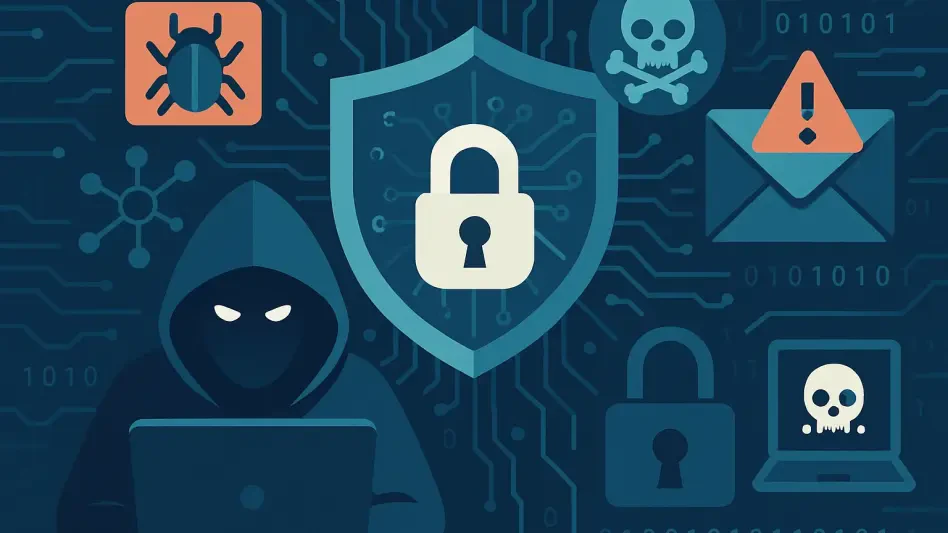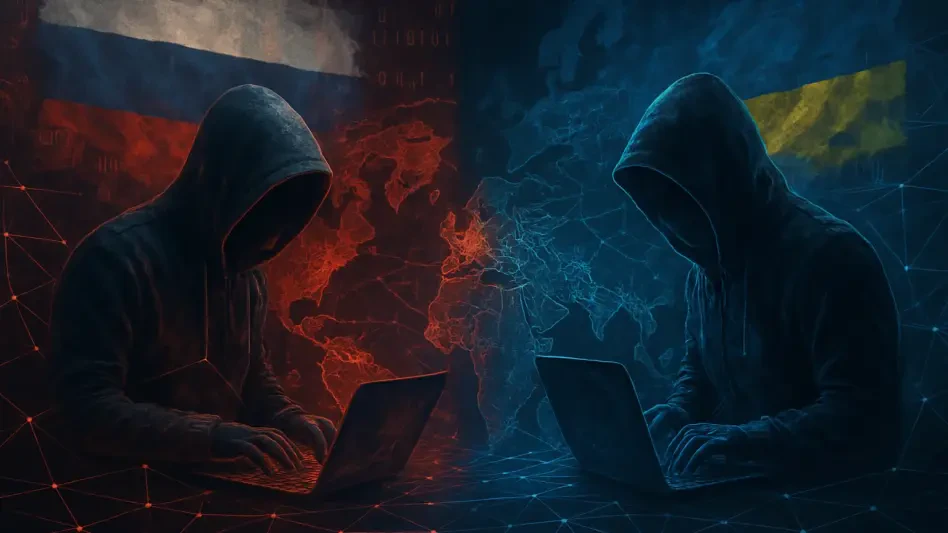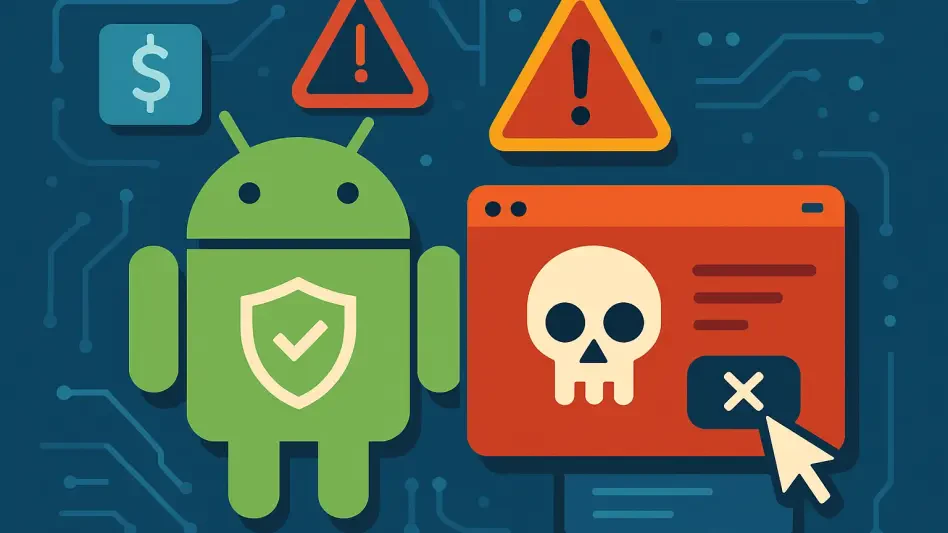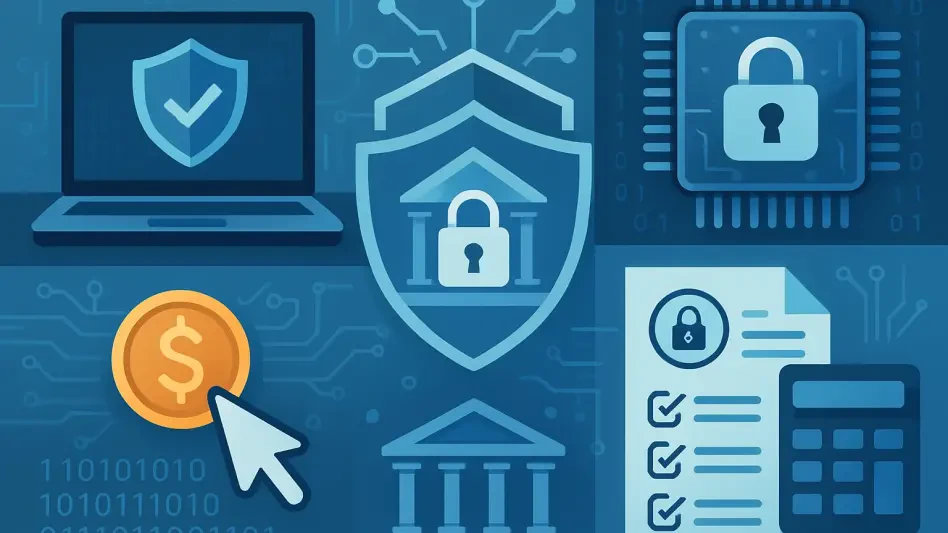In a world increasingly defined by digital infrastructure, cyber threats have evolved to become a pressing global concern. Cyber-attacks target all facets of critical systems, posing significant risks to national security, public safety, and economic stability. As these threats grow in sophistication and scope, the challenge of deterring them has emerged as a primary focus for policymakers and cybersecurity experts, highlighted in a recent workshop organized in Brussels by the EU Institute for Security Studies and the Stimson Center. The workshop delved deeply into the challenges and practicalities of implementing stronger accountability measures to deter cyber-attacks, amid the escalating tide of sophisticated cyber operations that endanger critical infrastructure, financial systems, and government networks worldwide.
Diverse Cyber Threats
Cyber operations today encompass a broad spectrum of actors, ranging from state-sponsored entities and criminal syndicates to independent hackers. These actors engage in increasingly sophisticated operations that impact critical infrastructure, such as energy grids, healthcare systems, and financial networks. This variety and complexity of threats necessitate multifaceted deterrence strategies that consider the unique motivations and capabilities of different attackers. For instance, state-sponsored actors may aim to achieve geopolitical objectives, while criminal organizations are often driven by financial gain. Independent hackers may be motivated by ideological beliefs or the desire for notoriety. Understanding these diverse motivations is crucial for developing effective deterrence measures tailored to each type of actor.
The cyber threat landscape is further complicated by the rapid pace of technological change, which continuously introduces new vulnerabilities and opportunities for exploitation. This evolution enables cyber actors to develop innovative tactics, techniques, and procedures (TTPs) that can evade traditional defensive measures. As a result, the development of deterrence strategies must be as dynamic and adaptive as the threats they aim to counter. The traditional one-size-fits-all approach to deterrence is ill-suited to the cyber domain, requiring a more granular and nuanced understanding of the threat environment.
Challenges in Cyber Deterrence
Traditional deterrence methods face significant challenges in the cyber domain, primarily due to issues such as attribution difficulties and the rapid evolution of technology. In conventional warfare, identifying an aggressor is often straightforward, enabling a clear and direct response. However, in cyberspace, the ability to deny responsibility for attacks complicates attribution, as actors can mask their presence or spoof their origins. This deniability undermines the effectiveness of traditional deterrent measures that rely on the credible threat of retaliation. Furthermore, the fast-paced technological advancements in cyber capabilities mean that defenses can quickly become outdated, leaving systems perpetually vulnerable.
These challenges call for innovative approaches to prevent and respond to cyber-attacks effectively. One such approach is the development of advanced forensic techniques and international collaboration to enhance attribution capabilities. By improving the ability to accurately identify perpetrators, policymakers can impose meaningful consequences for malicious cyber activities, thereby strengthening deterrence. Another approach involves the continuous development and deployment of adaptive cybersecurity measures that can evolve in tandem with emerging threats, ensuring that protective capabilities remain robust and relevant.
Enhancing Accountability Measures
There is a growing consensus among cybersecurity experts and policymakers on the need to strengthen accountability measures to deter cyber threats effectively. This consensus emphasizes the importance of cohesive national and international approaches to hold perpetrators accountable for their actions. Such approaches require collaboration across legal, technical, and policy frameworks to pursue and sanction malicious actors consistently. For instance, international cooperation can facilitate the development of standardized legal frameworks that enable cross-border prosecution of cyber criminals. Additionally, the creation of technical standards for evidence collection and attribution can support the enforcement of accountability measures.
Enhancing accountability also involves the establishment of robust mechanisms for monitoring and reporting cyber incidents. By fostering a culture of transparency and information-sharing, organizations can better understand the threat landscape and coordinate their responses. Public attribution of cyber-attacks, supported by clear evidence and consistent norms, can also serve as a deterrent by signaling to potential attackers that their actions will not go unnoticed or unpunished. These efforts require cooperation between governments, industry, and civil society to build a resilient and accountable cyber ecosystem.
Regional and Actor-Specific Approaches
The workshop highlighted the importance of adopting context-specific and actor-specific deterrence strategies to address the diverse spectrum of cyber threats. Different regions and stakeholders perceive threats and vulnerabilities differently, necessitating tailored approaches that address the unique risks and motivations influencing various actors’ behaviors in cyberspace. For instance, the cyber threats faced by highly digitalized economies may differ from those encountered by developing nations, requiring customized deterrence measures that reflect regional contexts and capabilities.
Moreover, actor-specific approaches are essential for effectively deterring a wide range of cyber adversaries. State-sponsored entities, criminal organizations, and independent hackers each have distinct objectives and operational methods. Deterrence strategies must consider these differences to be effective. For example, deterrence measures against state-sponsored cyber actors might include diplomatic actions, economic sanctions, and international legal mechanisms. Conversely, criminal organizations may be deterred through law enforcement collaboration, financial tracking, and disruption of their monetization pathways. Independent hackers, particularly those driven by ideology or personal motives, may require alternative strategies such as awareness programs, engagement with hacker communities, and the promotion of ethical hacking.
Behavioral Patterns Over Isolated Incidents
Effective deterrence policies must move beyond focusing on isolated incidents and instead prioritize identifying patterns and trends in cyber activities. Cyber threats often manifest as prolonged campaigns designed to exploit systemic vulnerabilities over time. These long-term efforts can have cumulative effects, even if individual attacks appear minor initially. By monitoring and addressing these sustained threats, organizations can fortify their cyber defenses and reduce the overall risk posed by sophisticated actors.
Understanding behavioral patterns in cyberspace also enables the development of proactive deterrence measures. For instance, analysis of past cyber incidents can reveal common tactics, techniques, and procedures (TTPs) used by adversaries, allowing organizations to anticipate and counter future attacks. This intelligence-driven approach to cybersecurity emphasizes the importance of holistic threat analysis and the continuous adaptation of defensive measures. By staying ahead of evolving threats, organizations can create a more resilient and secure cyber environment.
Establishing Legal and Normative Frameworks
Creating common definitions and establishing normative frameworks are vital for enhancing cyber accountability and deterrence. Transparent public attributions, underpinned by clear rules and norms, can reinforce deterrence by addressing violations consistently and providing a basis for imposing consequences. Establishing legal and normative frameworks requires coordinated efforts at both national and international levels to ensure a unified and effective response to cyber threats.
Legal frameworks should encompass clear definitions of cyber offenses, standardized evidence collection procedures, and mechanisms for international cooperation in investigating and prosecuting cyber crimes. Additionally, normative frameworks can establish guidelines for acceptable behavior in cyberspace, fostering a shared understanding of responsible conduct among states and other actors. These frameworks can also facilitate collaboration between governments, industry, and civil society, promoting a comprehensive approach to cybersecurity that leverages the strengths of multiple stakeholders.
Multifaceted Deterrence ‘Toolbox’
Cyber operations now involve a wide range of actors, from state-sponsored groups and criminal organizations to individual hackers. These actors conduct advanced operations targeting critical infrastructure, including energy grids, healthcare systems, and financial networks. The diversity and complexity of these threats require multifaceted deterrence strategies that address the unique motivations and capabilities of different attackers. State-sponsored actors might pursue geopolitical goals, while criminal entities are usually after financial gain. Independent hackers may be driven by ideological beliefs or the desire for fame. Recognizing these varied motivations is key to crafting effective, tailored deterrence measures for each type of actor.
Moreover, the rapid technological advancements continuously introduce new vulnerabilities and exploitation opportunities, making the cyber threat landscape even more complex. This ongoing evolution allows cyber actors to create innovative tactics, techniques, and procedures that can bypass traditional security measures. Consequently, deterrence strategies need to be as dynamic and adaptable as the threats they target. The old one-size-fits-all deterrence approach is inadequate for the cyber domain, necessitating a more detailed and nuanced understanding of the threat landscape.







